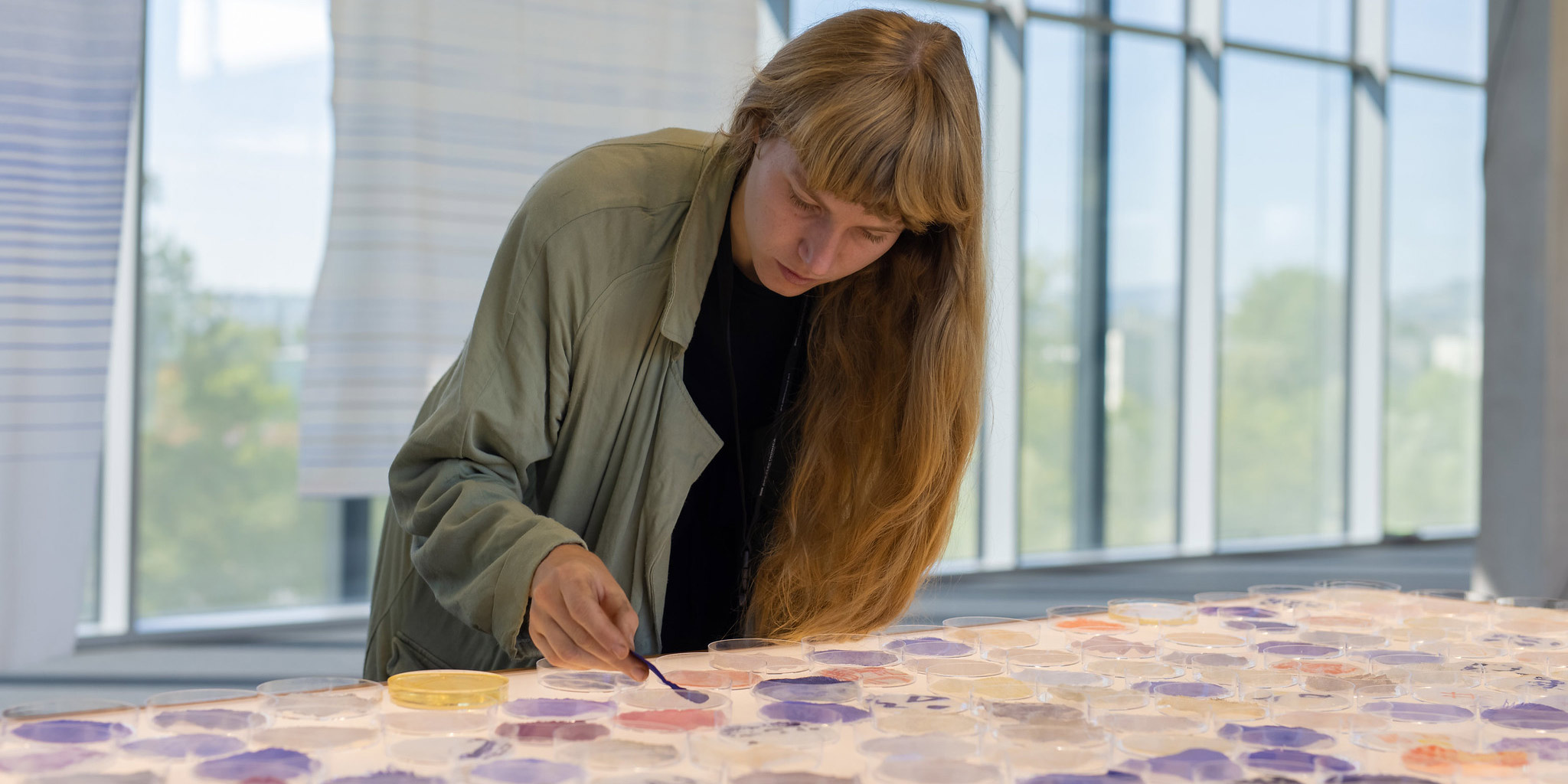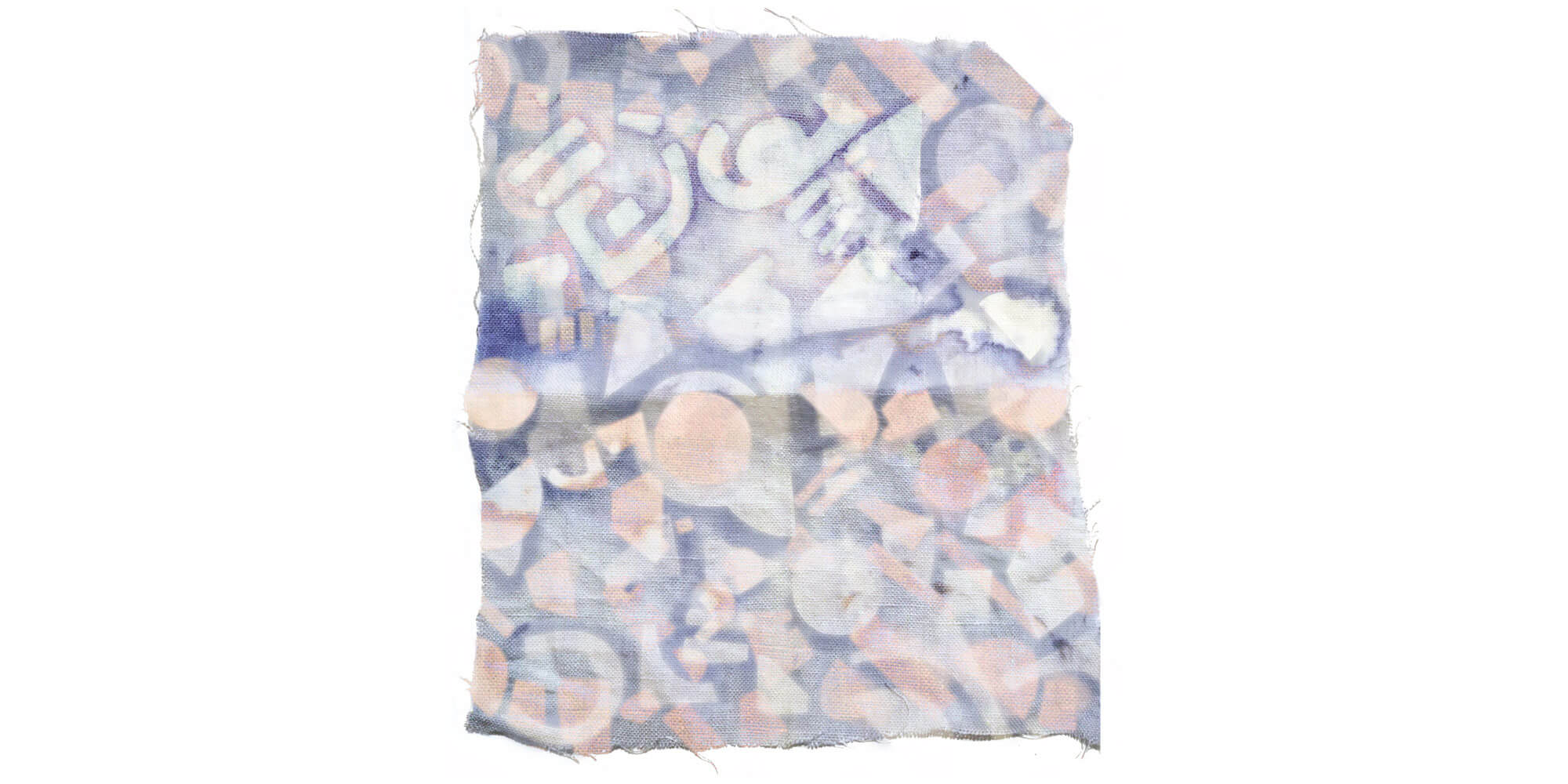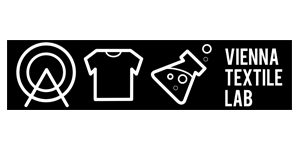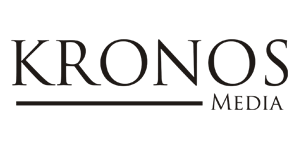Patterning with Living Pigments
Bacteria are invisible to the naked eye, but occur everywhere in our environment. You can find them in the air, in the soil, in water, in ice, in plants, in animals and humans. Even though only a small percentage of the bacteria found in nature can cause illness in humans, their image is extremely tarnished.
Yet many bacteria carry great potential. While bacteria are increasingly used in the food industry for fermentation processes, they could also play an important role in the textile industry. They could not only be used to neutralize toxins from dye-polluted waters, but also in the process of dyeing itself.
Through this project, we demonstrate the possibilities of bacterial pigments for dyeing textiles in different colors, shapes and patterns, and illustrate the presence of bacteria in our environment by revealing their colors. The combination of this resource-saving and environmentally friendly dyeing method with new technologies opens up completely novel possibilities to make the world not merely more colorful – more blue, or yellow, or red – but also “greener“ and more sustainable.
Fascinated by the idea of combining polymer science and microbiology with textiles and design; Head of the institute of Polymer Science in Linz.
Textile and fashion designer feeling with nature, swapping handmade jacket for a lab coat to create a healthier future, studies Fashion & Technology in Linz.
Tries to contribute to solving the climate crisis with the aid of microbes; studies molecular biology in Graz.
Fascinated by natural materials, conducting research on fungi to contribute to environmental compatibility; studies chemistry and chemical technology in Linz.
Credits
Sabine Hild (AT): supervision, organization
Julia Moser (AT): idea & concept, art direction & realization, organization, Lab-work
Patrik Radić (AT): Lab-work
Laura Holzinger (AT): Lab-work
Project Partners:
Mascha Rauscher (AT): Vienna Textile Lab, microbial dyer
Karin Fleck (AT): Vienna Textile Lab, entrepreneur, supervisor
Erich Schopf (AT): Bacteriograph, bacteria hunter
Textiles Zentrum Haslach (AT): textile weaving
Leon Kainz (AT): 3D printing, milling
Yuti Kainz (AT): artistic accompaniment
KronosMedia (AT): film production, sound design, animation
Julia Halász (AT): assistant








